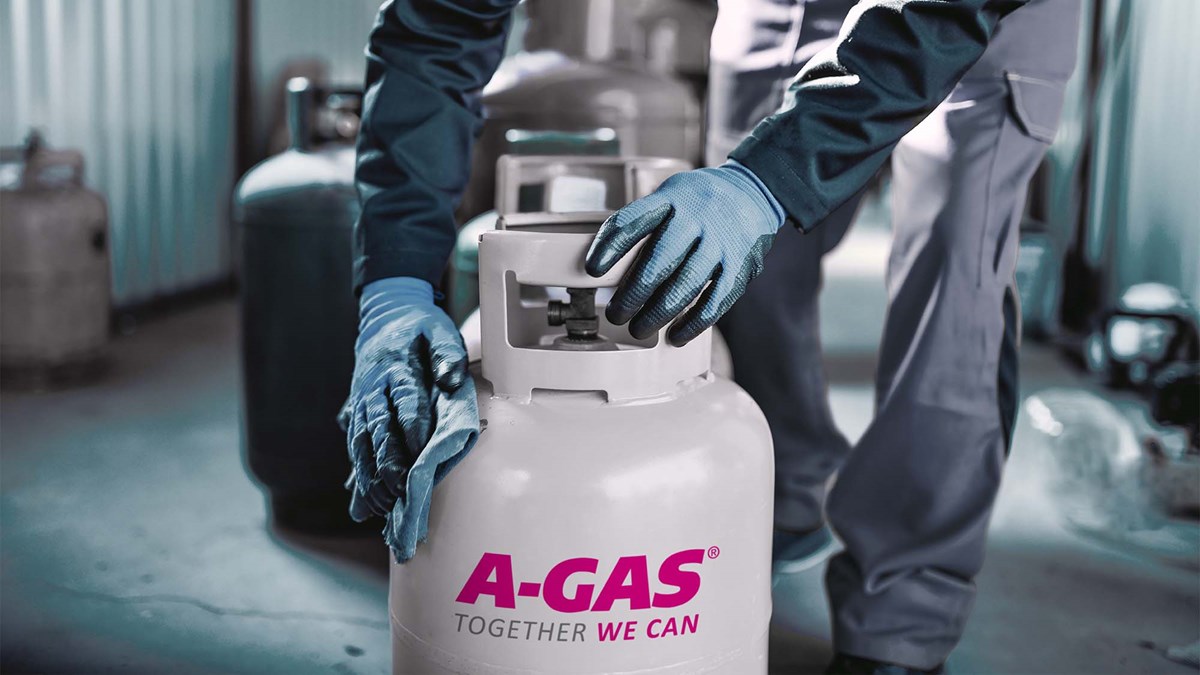A-Gas Fulfillment Manager, Sam Driver, and his advice on the safe handling of refrigerants., using the correct cylinders and completing the paperwork.
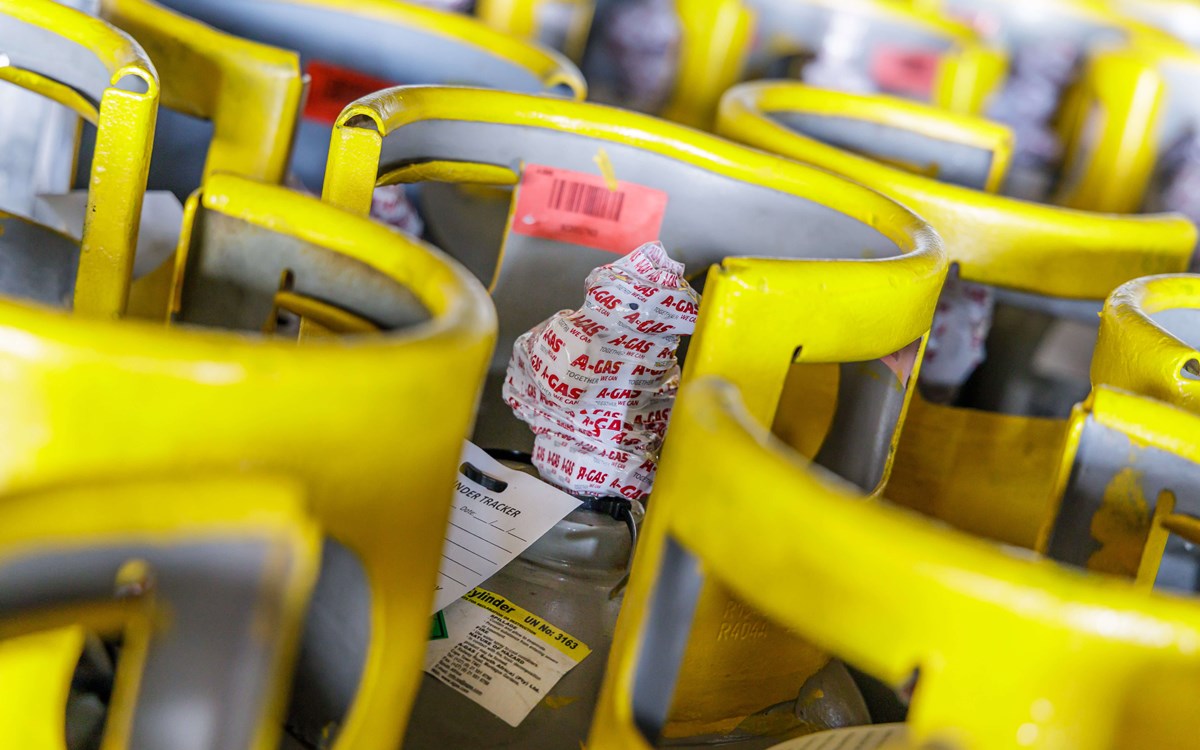
The safe handling of refrigerants should always be a priority for Engineers. The importance of ensuring that refrigerants are recovered, collected, transported and processed safely should never be under-estimated. All of us in the industry have a duty to protect our customers, colleagues and the environment. The safe handling of refrigerants plays a key role in this.
An essential part of refrigerant handling is to be suitably F-Gas trained and to have a competent understanding of what you are doing. Engineers have a moral and legal duty to abide by the law, if refrigerant is knowingly leaked into the atmosphere it can lead to a large fine.
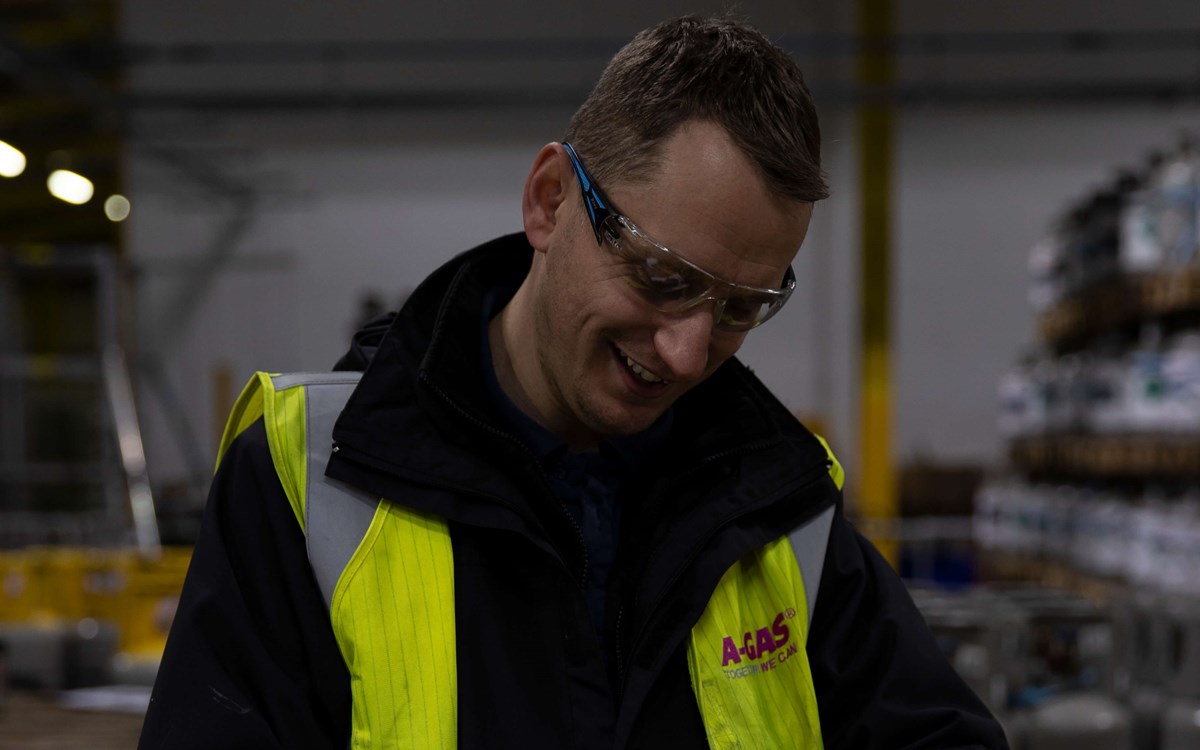
Awareness of Hazards
When working on-site keep cylinders away from direct heat sources and sunlight to prevent a release of gas or worst case scenarios, fire or explosion. Avoid impact to any cylinders to prevent permanent structural damage. To prevent an unnecessary release of gas when the cylinder is not in use, always ensure the cylinder valves are completely closed.
Cap Nuts
These can be a handy preventative tool to help reduce leaks. All refrigerant cylinders supplied by A-Gas will have some form of threaded cap nut applied. If the cylinder valve is leaking, the cap nut can be the last line of defence. It can also help A-Gas handle any potential leaks effectively when the cylinders arrive back at our premises. So, I would encourage you to use them as often as practicably possible and keep them tight.
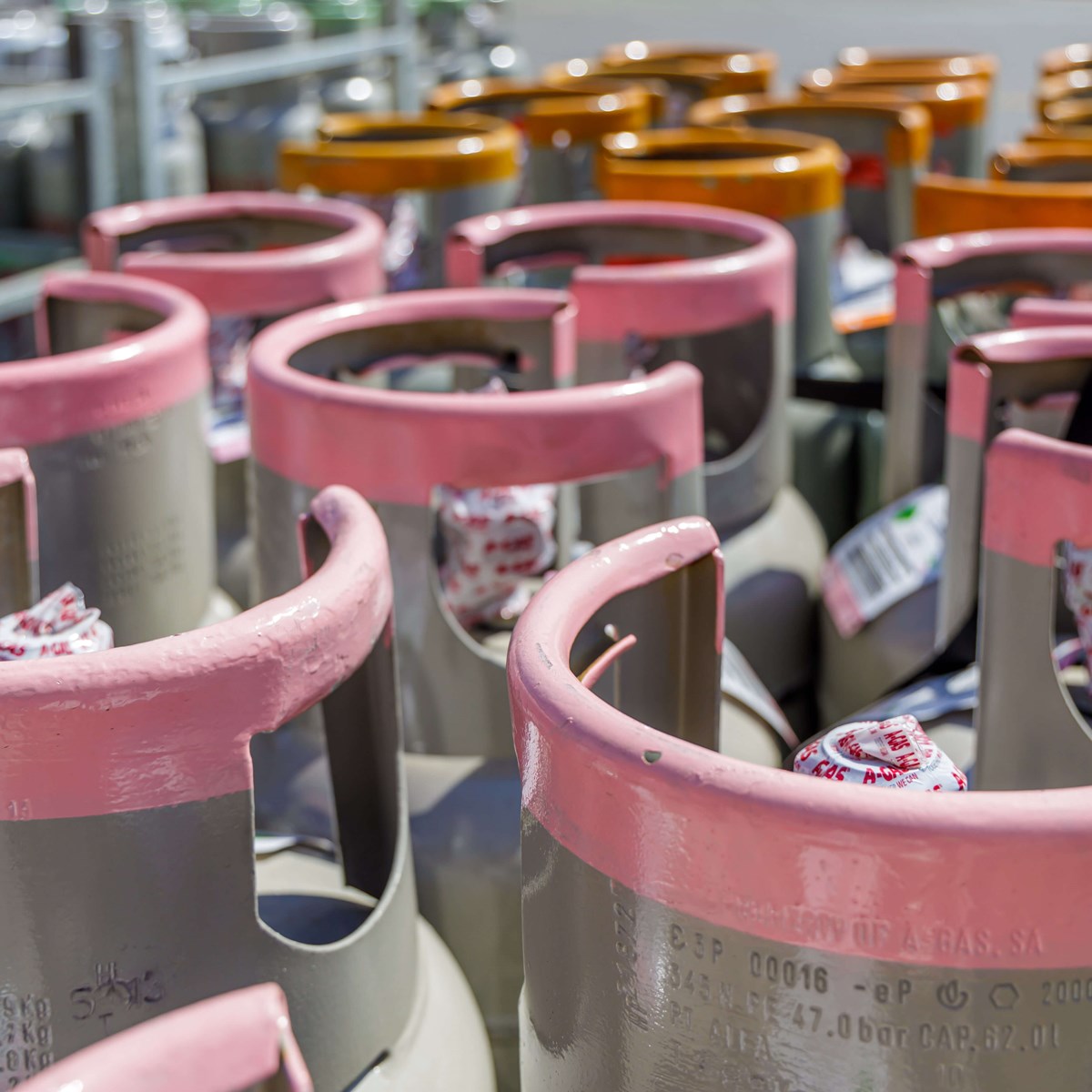
Transporting Cylinders
For most Engineers, the van is just about their most important tool on the job. It may seem an obvious point to make, but always fasten cylinders securely when transporting them. You don’t want cylinders banging about in the rear of the vehicle when on the road. This could damage the cylinders, the vehicle, lead to leakages and potentially cause harm to bystanders.
Cylinders containing oxygen or flammable refrigerants must be transported with a minimum of one metre of space between them. This will mitigate against any potential risk of fire. Always remember to follow best practice and keep different gases segregated.
When transporting refrigerants there should be good ventilation in the rear of the vehicle. You should also carry a fire extinguisher in the vehicle and have the appropriate vehicle marking and documentation. If unsure, seek expert advice from a Dangerous Goods Safety Advisor.
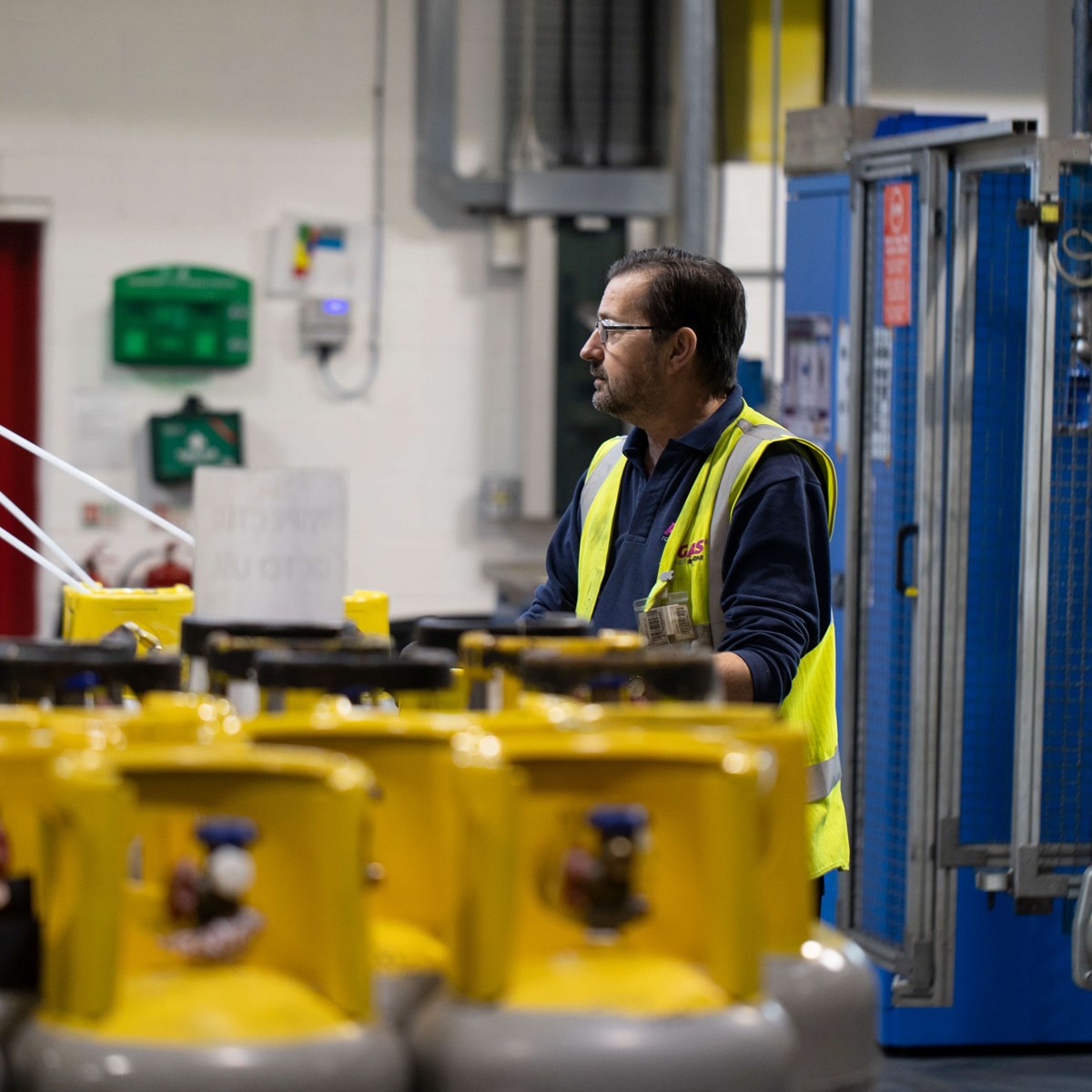
Cylinder Choice
The importance of using the correct cylinder for the job cannot be underestimated. Receiver and recovery cylinders are not the same and have different purposes. Receiver cylinders are internally clean. This means they are the perfect option for temporary storage of refrigerant, while routine maintenance or system repairs are taking place. Recovery cylinders should be used when returning unwanted recovered refrigerant back to A-Gas for processing. We do not recommend recharging a system using refrigerant stored in a recovery cylinder as there is a risk that the purity could be affected.
Cylinder Storage
Cylinders should be stored on pallets in the same orientation as they are received. High pressure cylinders should also be stored in cages, as this reduces risk in the event of an emergency during transportation.
On-site, it is recommended to store flammable gas cylinders at least three metres away from anything combustible, any ignition sources or any infrastructure. Flammable refrigerants should not be stored on pallets, as they can be combustible, but in securely-fastened metal cages.
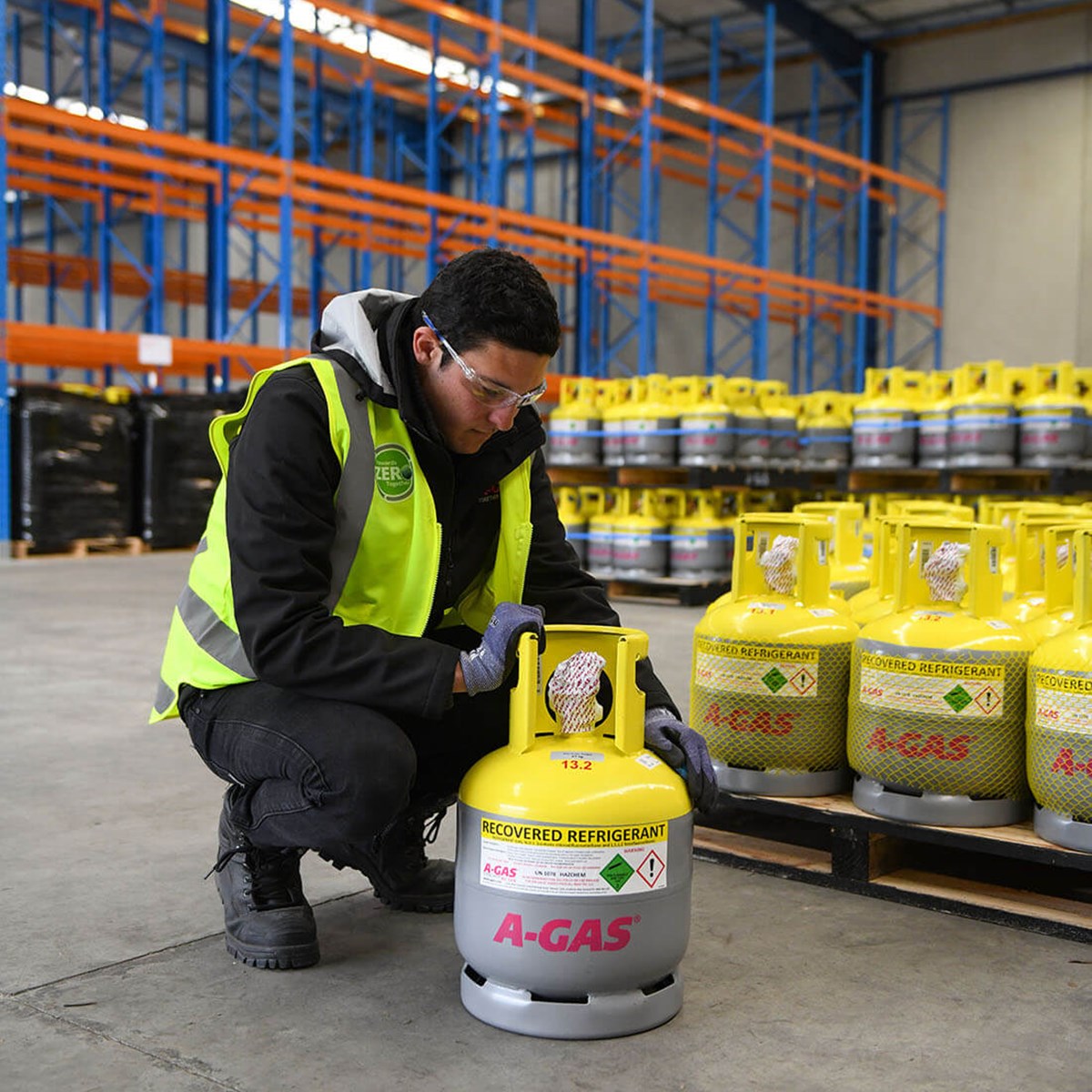
Overfilling Cylinders
If an Engineer is in a hurry, overfilling cylinders can be an easy mistake to make. I would urge any handler of refrigerant to avoid this as it can lead to an excess of manual handling, cylinder damage and potentially leakages via the relief valve. If this were to happen during transportation, it could also lead to a risk of oxygen depletion and asphyxiation for any nearby occupants. A small A-Gas recovery cylinder has a maximum fill weight of 10kg and a large recovery cylinder has a maximum fill weight of 45kg.
PPE
Personal protective equipment is essential. When working with refrigerants you must make sure you are wearing industry standard PPE. This will include appropriate eyewear (safety glasses), gloves and anti-static clothing as an extra precaution when required.
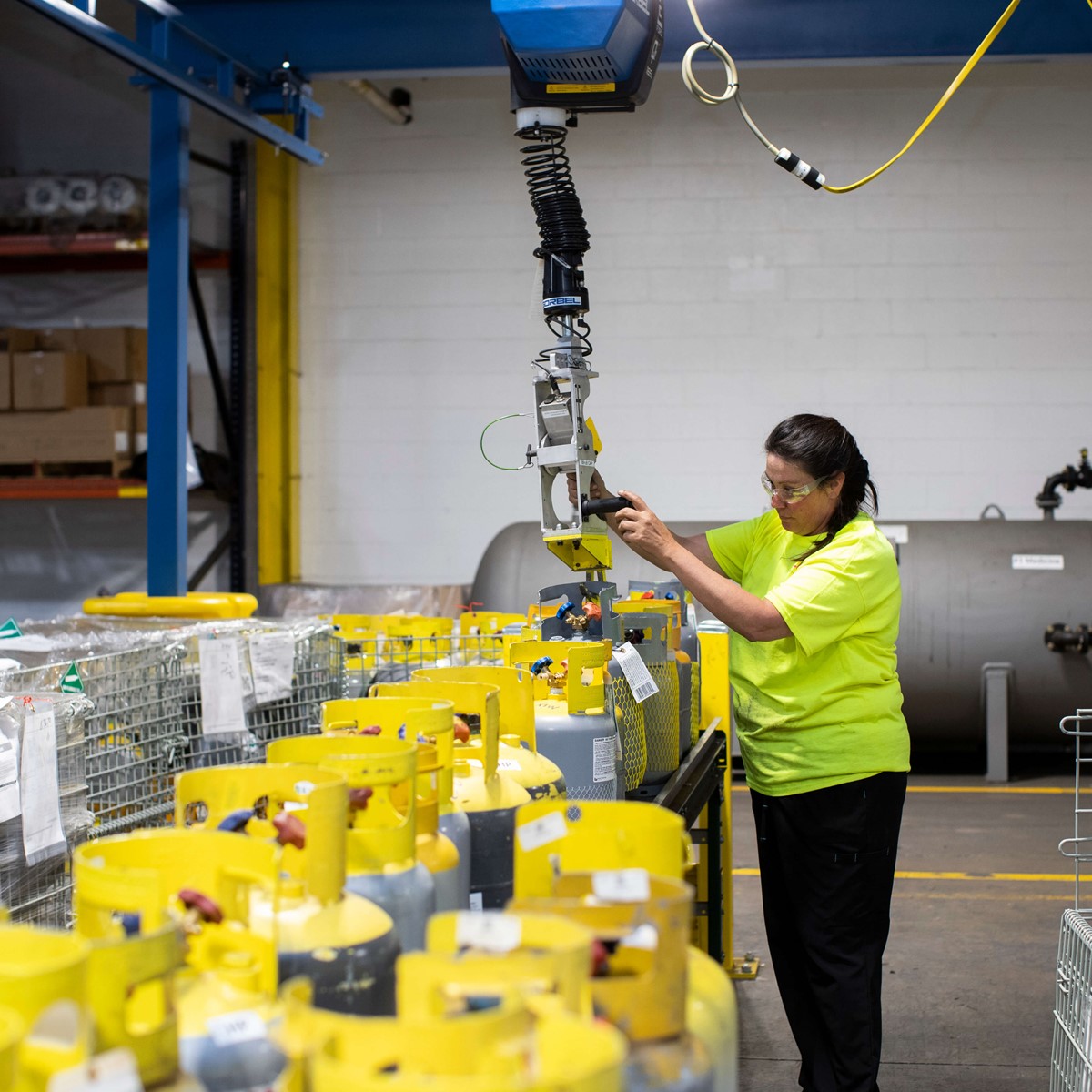
Paperwork
It may seem like there is a lot of paperwork for engineers to get their head around but under law contractors have a duty to act as the initial record keeper when refrigerant is used or recovered. There must be a detailed audit trail from the end user through to the end reclamation processer like A-Gas, including any third party wholesalers and couriers. Each party in this process has a requirement to store records of waste refrigerant for a minimum of three years.
Keep Up to Date
The industry is facing considerable change in the coming years, as the F-Gas Regulation continues the shift away from higher GWP gases and towards lower GWP alternatives. So, it’s never been more important to keep up with what’s happening through the media, online and in print. Trade associations, manufacturers, wholesalers and suppliers all have a role to play here. So keep your eyes and ears open – or you may miss something which could have a major impact on what you do on a daily basis.
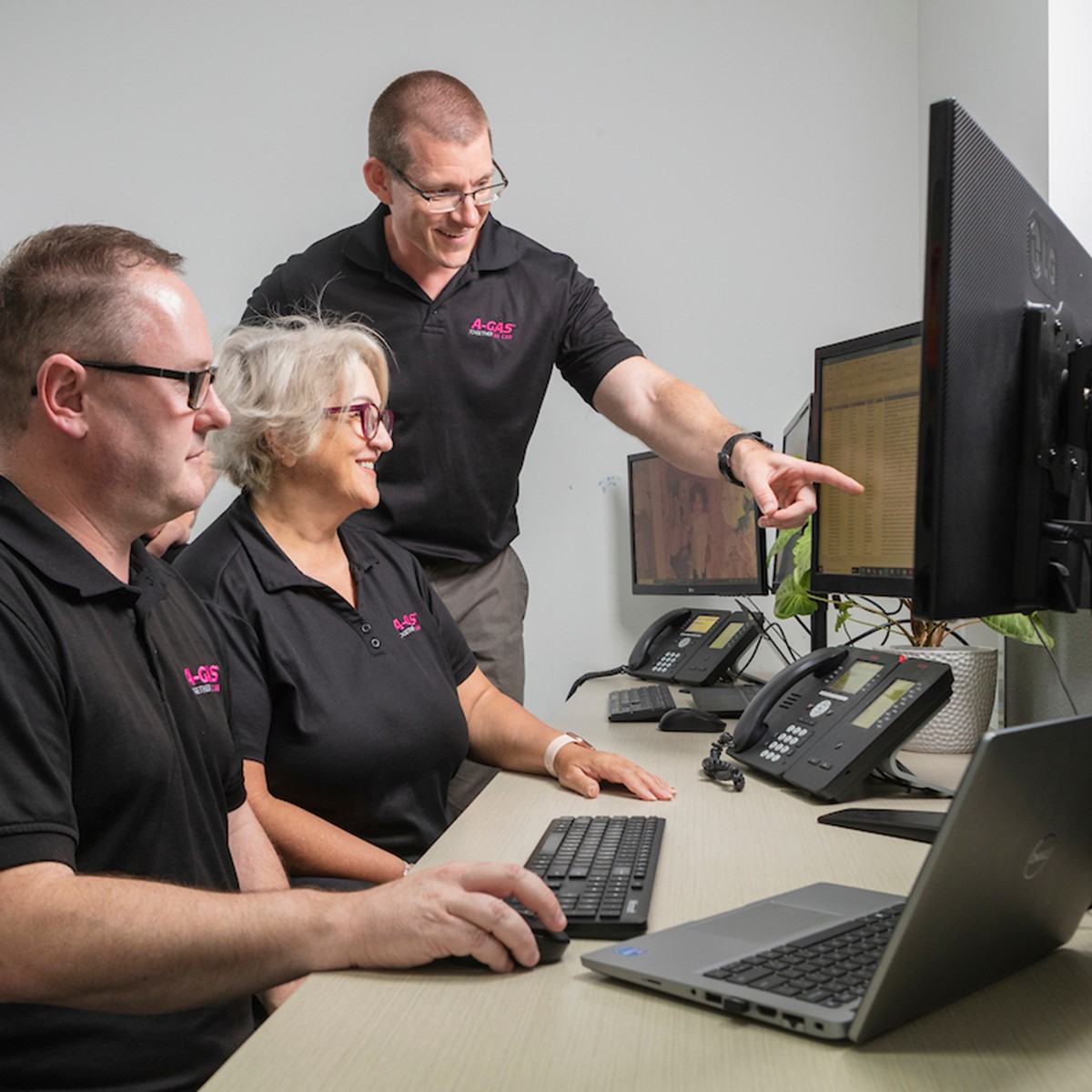
Most engineers in the UK have a really good grasp of what’s expected of them when it comes to handling refrigerants but help is always available at A-Gas if you need it.
